TOWN HILL—A five-lot subdivision in Town Hill has been found complete after multiple meetings and tweaks to the subdivision on land off the Crooked Road. Christopher Bettencourt and Denise Carey Bettencourt own the land.
Some of the lots can’t be offered for sale until the road into the site is built. Part of lot five can’t be built on or crossed and will likely remain undeveloped.
“We have to work with the site and with Mother Nature and this has come together well,” landscape architect and project representative Perry Moore said about the site, which has a proposed road in an area where now multiple trees have fallen down in this winter’s storms.
With portions of the site within a five-kilometer radius of the habitat of an endangered species of bat, they rethought the project, in a way that would require no wetland alterations.
According to Moore, the northern long-eared bats are on Mount Desert Island. The small bats were reclassified as endangered under the Endangered Species Act. There are federal rules that keep wetland alterations from happening within a three-mile radius of their location, he said. Those rules could impact development of housing sites in Bar Harbor if those sites have wetlands on them.
The bats have been historically located within three miles of an approximately 180-acre lot (“Brigadoon”) off the Crooked Road that was originally conceived as being divided into 14 housing lots and currently, partially because of the bats, that proposal has been shrunk to five five-acre lots.
Because of the bats and other considerations, the subdivision plan has been scaled back from its initial 14-lot sketch plan to five five-acre lots with several contingencies on when some of those lots can be built on if the plan is approved. The property is 179.21 acres.
Planning Board Secretary Elissa Chesler recused herself and stepped down and away from the discussion because three of the project’s abutters are coworkers and one of those people work in her boss’s office directly. She lives in the Frenchman Hill subdivision, she said. She felt it was inappropriate for her to discuss and vote on the application. She did not participate in this meeting’s discussion.
The project had a sketch plan review on October 6 and a site visit and neighborhood meeting on November 2. It also came before the board in February.
HOUSING NEEDS
“There is no question that the cost of construction is definitely having an effect,” Planning Board Chair Millard Dority said at another Planning Board meeting in November. That meeting was held a day before the site visit.
The cost to build a home or homes in Maine is impacted by high labor costs, issues with the supply chain, rising material costs, development and approval fees and process, as well as land price. According to U.S. census data, Maine has issued less and less building permits for homes. There were 6,500 permits issued in 2021. As of September 2023, there have been 4,675 home building permits (all unit sizes) issued in Maine. Most of those are single family homes (3,440).
HOUSING NEEDS
Bar Harbor’s population has increased from 4,820 in 2000 to 5,527 in 2020. It’s projected that by 2038, it will have more than 6,000 residents, an increase of 15%.
It’s estimated that Bar Harbor needs over 600 homes (housing units) by 2033.
PUBLIC COMMENT AND THE ROAD
During public comments, Claire Picard asked about the placement of the subdivision’s road, which would create a four-way intersection at Fern Meadow Drive, which is discouraged by the ordinance.
Laureen Donnelly also asked via written comment if the road could be moved and was worried about trees potentially being cut and the blast line. She also asked if the exploratory road would be replanted.
“It’s a little more complicated than normal,” Dority said of the project’s road placement.
Because there are a lot of wetlands in that area, development would disturb wetlands in other parts of the site if they did not place the road in a way that creates a four-way intersection, Moore said. Documents and consultant information were submitted to apply for a modification of standard, which showed that other road placements would impact wetlands, which run parallel to most of the Crooked Road.
Moore said that location also has the best sight location for the area because of the bends of the Crooked Road. It does require removal of a chunk of ledge, he said, but not as much as had been originally anticipated.
The road would be 1,074 feet long and come across from West Eden Meadows, dead-ended with a turn around so that trucks can turn around.
BATS AND WATER
Brigadoon is potentially within the five-kilometer radius of an endangered species of bat, so the developers rethought the project, downsizing and tweaking it.
“So, now, as we sit here tonight, we are talking about five lots,” Moore said. “I fully anticipate that there will be future development.” But what that will be, he does not know. That’s because they have only just begun testing for the bats, locating where they might be and if they are there.
“If we can locate the bat hibernacula and roosts, we have a reduced buffer area. So, it’s in our interest to find those,” Moore told the board. If they can’t find the bats, they have to go with a larger buffer area and that would reduce the ability to work during certain times of the year and do certain size clearings.
They will likely not know where the bats are until June. They’ll do bat work now and in December. They will know where the roost trees are in the next couple of months, he said. The major concern for bat habitat, he said, is rocks and cliffs and talus. There was likely once a quarry at the back of the site. A road originally in the area was called Old Pit Road
“How far we need to be from that is really the question,” Moore said, and said they are well beyond that.
They will come back through sketch plan review for any future development. Moore said that they are not trying to use one sketch plan and shoehorn other lots in.
The current project as designed for the current five lots is not triggering to bat activity. It will use individual drilled wells, which are also allowed, and septic systems. The town’s infrastructure does not reach that area for water and sewer. Approximately 16% of the town’s population is served by town-provided water and approximately 5% is served by town-provided sewer infrastructure.
At multiple town meetings, Town Hill residents have worried about the health of the water supply in that area of Bar Harbor and worried about homes having an impact on current wells in the area as well as the watershed. These concerns were echoed at a Warrant Committee meeting on August 8.
The results of Stratex’s study from the 2007 comprehensive plan (section V.H.) include:
“Based on its study, Stratex says that the town ‘is likely to have enough water to supply the needs of current dwellings as well as the dwellings predicted under the build-out scenarios for 2034’ with exceptions, particularly in areas where ‘well yield is marginal relative to bedrock fractures, soil type, and ground water recharge zones’ or under drought conditions. It also notes that ‘new development in close proximity to older wells, increased pumping near existing wells, or deep excavations such as rock quarries could impact water availability by lowering the ground water table beyond the reach of existing wells.’
COMPREHENSIVE PLAN UPDATE
Dority praised the planning department’s staff and said that they did not get enough credit for their work.
Chesler mentioned the online survey on themes which is open until April 8 online.
“People look at this as geared toward business. People are not willing to look at the fact that this is just as much for year round housing,” Dority said.
“There are many competing pressures on single family homes,” Chesler said and that different policy tools meet those pressures in different ways. “Relieving that pressure in many different ways is going to relieve those pressures.”
All the housing pressures, she said, have to be spread over a larger array of housing types and policy tools.
Planning Board Vice Chair Ruth Eveland said of the plan that although much of the talk has been about housing, “there are other very important topics addressed.” She commended the work on the structural organization of the plan as a whole and said that it is easier to understand than the current plan and if people read through it, then they can see how those pieces fit together.
Other Projects Under Review
Below are projects that are currently undergoing site plan approval.
ITEM a. Sketch Plan Review for application SD-2024-01 – Sweeney Seabury Subdivision
Applicant: Nancy Sweeney, P.O. Box 293 Bass Harbor, ME, 04653
Owner: The Woods of Eden LLC, 12 Seabury Dr, Bar Harbor, ME 04609
Application: Three-lot subdivision at the corner of Seabury Drive and Route 3.
Project Location: 36 Seabury Drive (Tax Map and Lot number 207-032-000) encompassing ±24.37 acres according to town tax records.
Districts: Salisbury Cove Rural and Salisbury Cove Corridor
Materials: Sketch Plan Application (Submitted 02.05.24)
ITEM b. Minor Site Plan Review for MSP-2023-03 Acadia Woods Cottage Pavilion
Applicant: Acadia Woods Cottages, LLC
Owner: Christy Seed
Project Location: 1344 State Highway 102, Bar Harbor, Maine 04609 (Tax Map 227, Lot 15-001). The parcel encompasses ±6.78 acres of land.
Districts: The subject land is in the Town Hill Business and Town Hill Residential Districts.
Application Materials:
o Minor Site Plan Application (Submitted on 12/13/23)
ITEM c. Minor Site Plan Review for MSP-2024-01 Home Occupation Eunoia Compliance LLC
Applicant: Priyanka Murawala, 1685 State Highway 102, Bar Harbor, ME 04609 (Tax Map and Lot, 212-052-000). PO Box 35 Salisbury Cove, ME 04672.
Owner: Prayag Murawala, 1685 State Highway 102, Bar Harbor, ME 04609 (Tax Map and Lot, 212-052-000). PO Box 35 Salisbury Cove, ME 04672.
Project Location: The property is located at 1685 State Highway 102, Bar Harbor, ME 04609 (Tax Map and Lot, 212-052-000). The parcel encompasses ±3 acres, according to town tax records.
Districts: The subject property is located in the Town Hill Residential Corridor district.
Application Materials:
o Minor Site Plan Application (Submitted on 03/06/24)
ITEM d. Minor Site Plan Review for MSP-2024-04 Weathersby TA2
Applicant: Paul Weathersby, 1338 state Highway 102, Bar Harbor, ME 04609
Owner: Paul Weathersby, 1338 state Highway 102, Bar Harbor, ME 04609
Project Location: The property is located at 1338 State Highway 102, Bar Harbor, ME 04609 (Tax map 227, Lot number 016-000). The parcel encompasses ±2 acres, according to tax records.
Districts: The subject property is located in the Town Hill Business district.
Application Materials:
o Minor Site Plan Application (Submitted on 03/13/24)
ITEM e. Minor Site Plan Review for MSP-2024-02 Norton Motel
Applicant: Tap & Barrel Tavern LLC, 41 Rodick Street Bar Harbor, Maine 04609 (Tax Map and Lot, 104-359-000).
Owner: Joshua Forcier, 24 Harbor Lane Trenton, Maine 04605.
Project Location: The property is located at 41 Rodick Street Bar Harbor, Maine 04609 (Tax Map and Lot, 104-359-000). The parcel encompasses ±.11 acres, according to town tax records.
Districts: The subject property is located in the Downtown Village I District.
Application Materials:
o Minor Site Plan Application (submitted March 28, 2024)
LINKS TO LEARN MORE
Every Planning Board meeting is recorded and can be watched live on the Town Hill Streams.
Find the most recent Planning Board Meeting Agenda and Packet here.
https://www.nps.gov/articles/000/bats-in-acadia-facing-challenges-but-hanging-on.htm
https://barharborstory.substack.com/p/new-proposed-development-hopes-to
https://www.houzeo.com/blog/how-much-does-it-cost-to-build-a-house-maine/


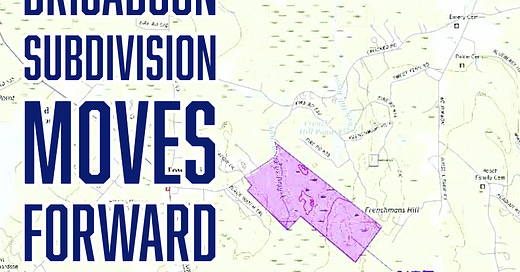



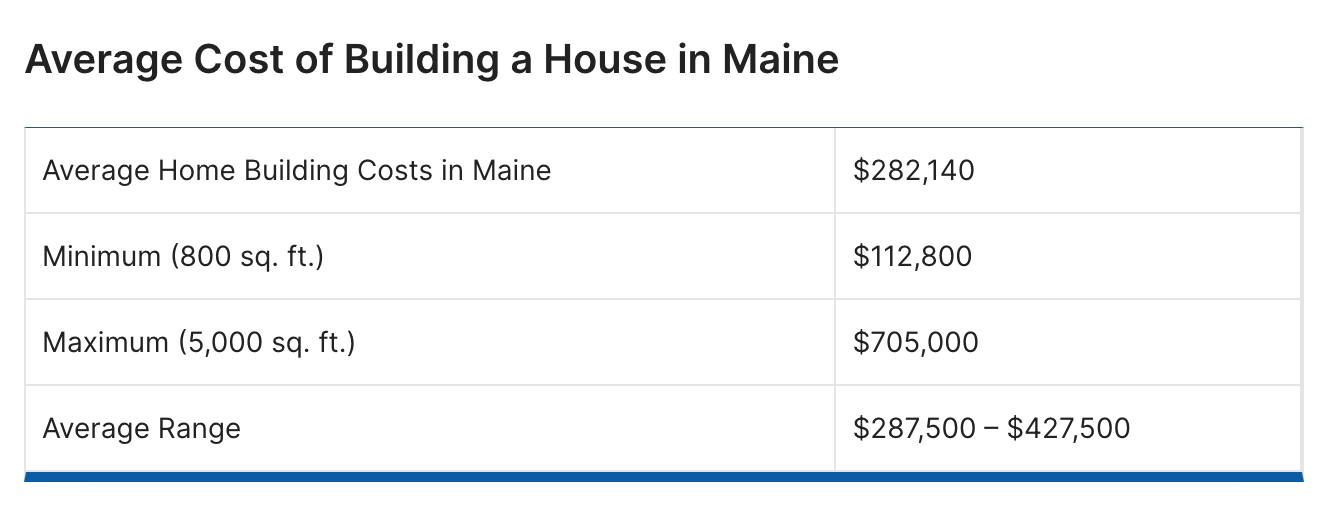
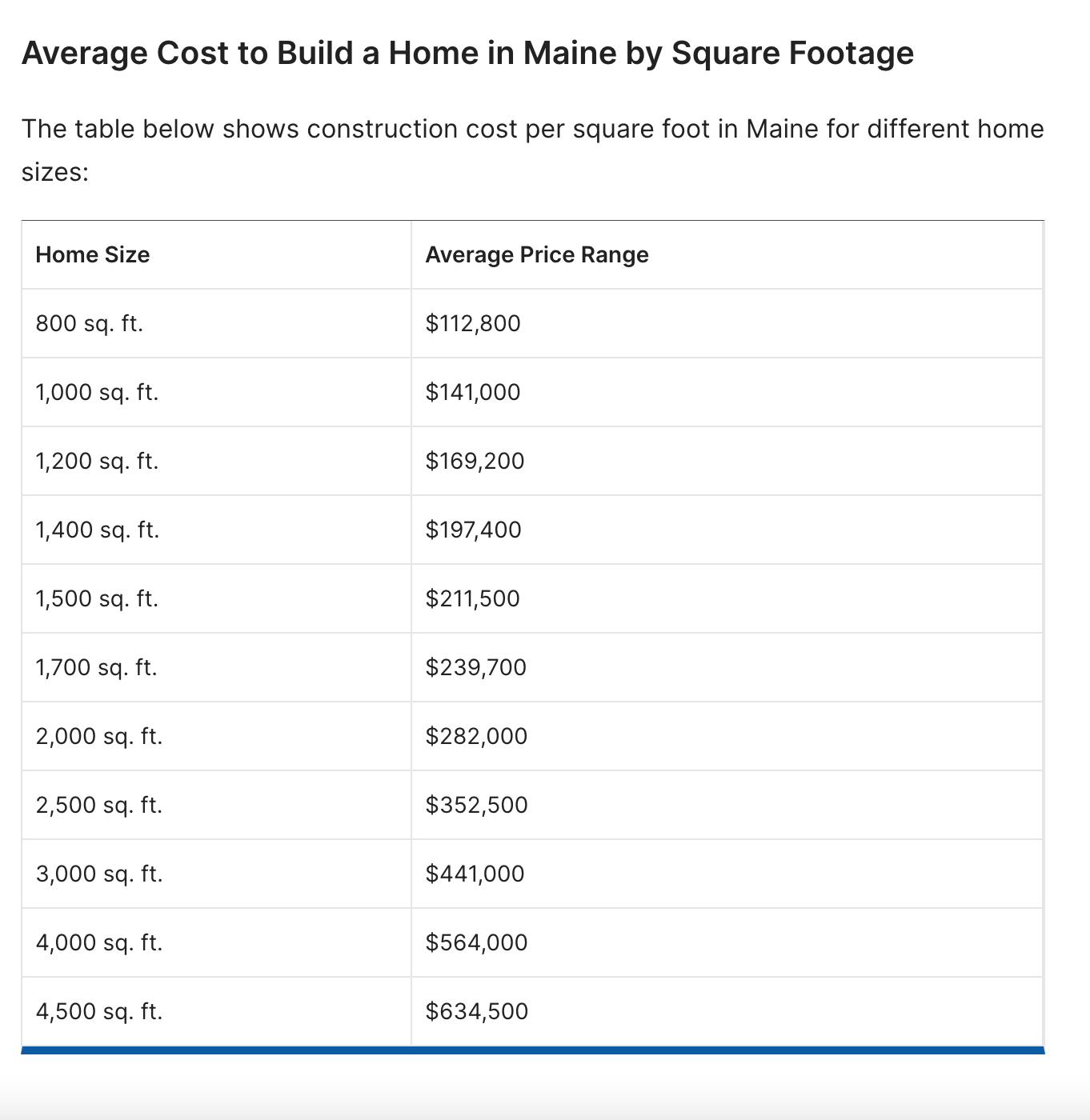
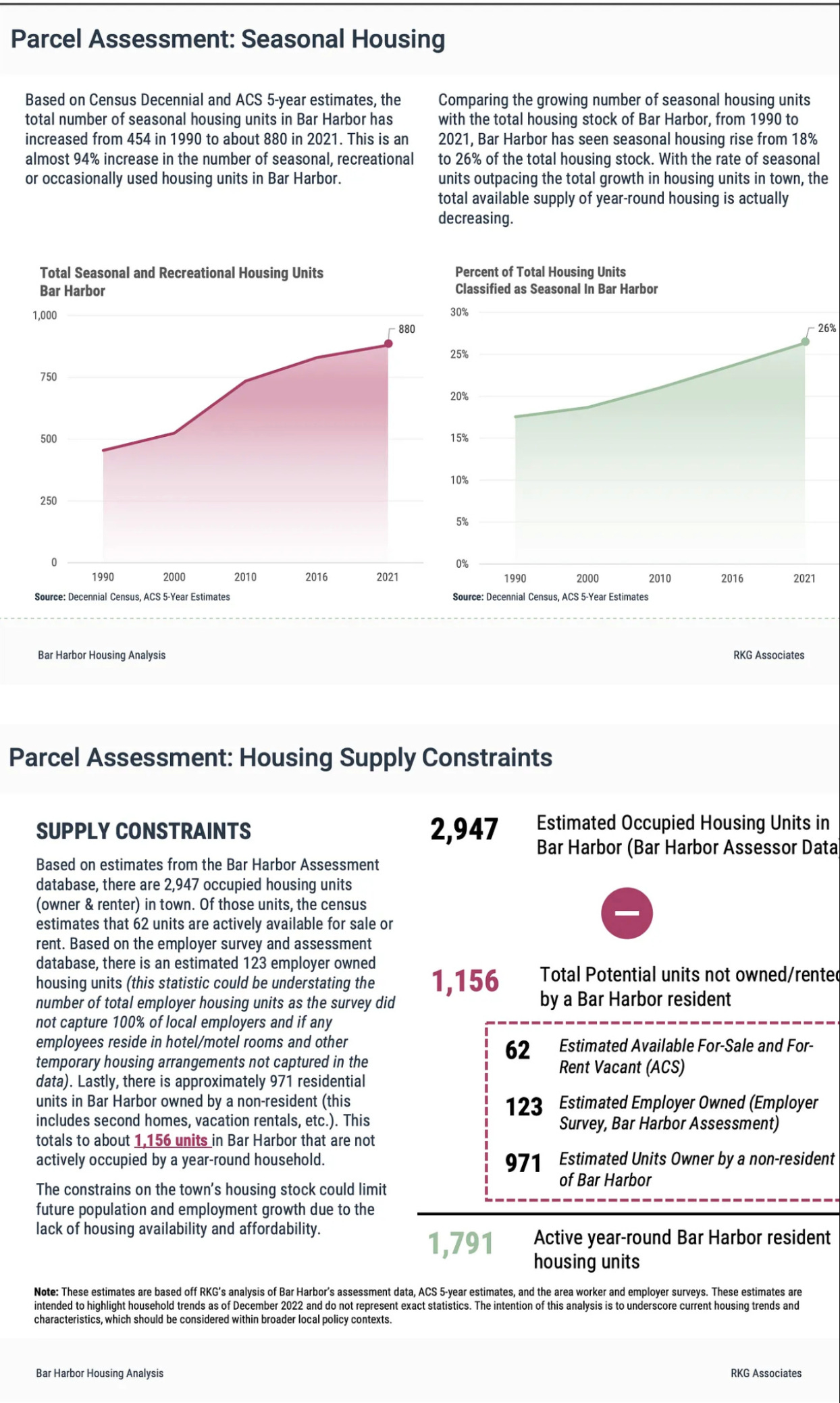
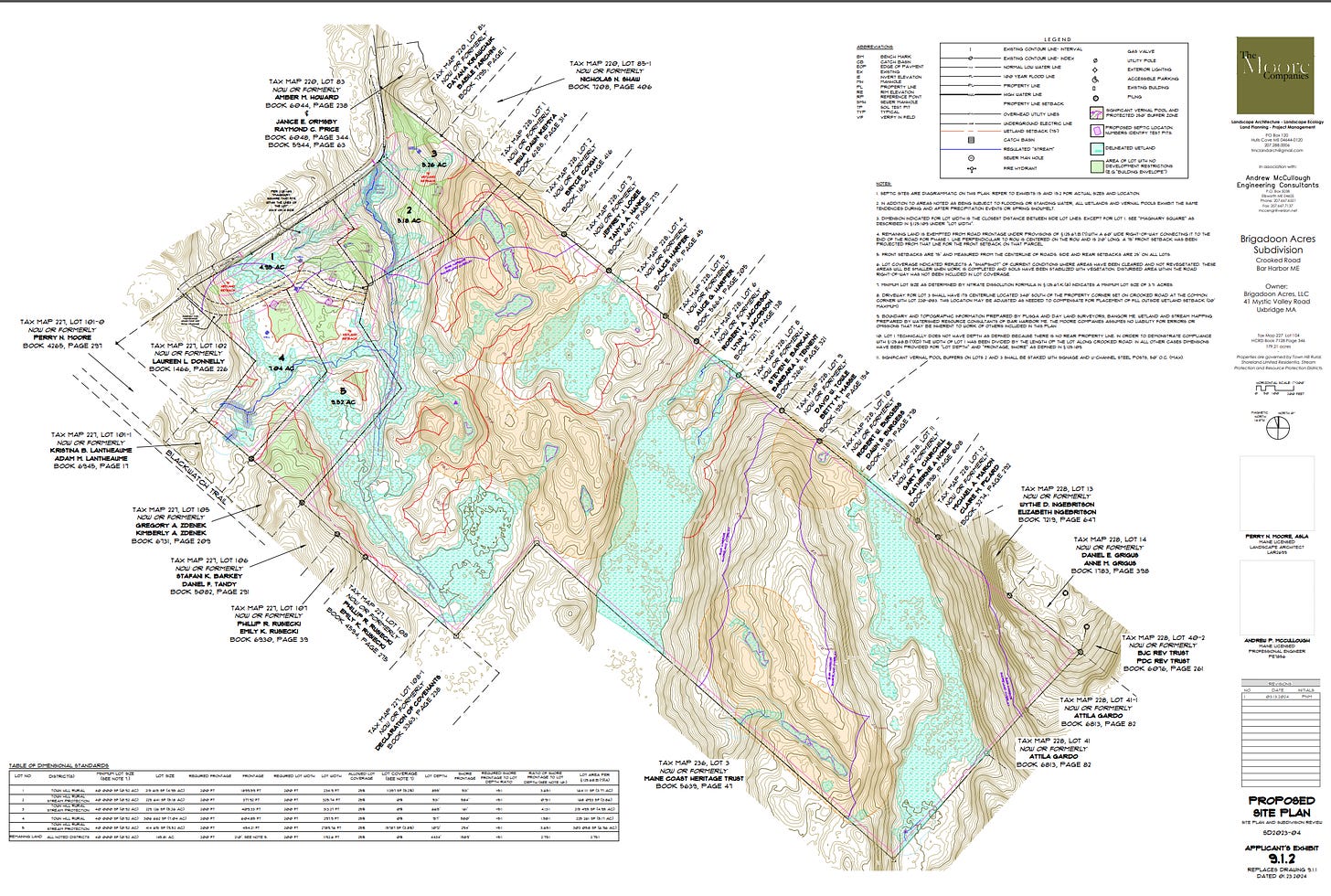
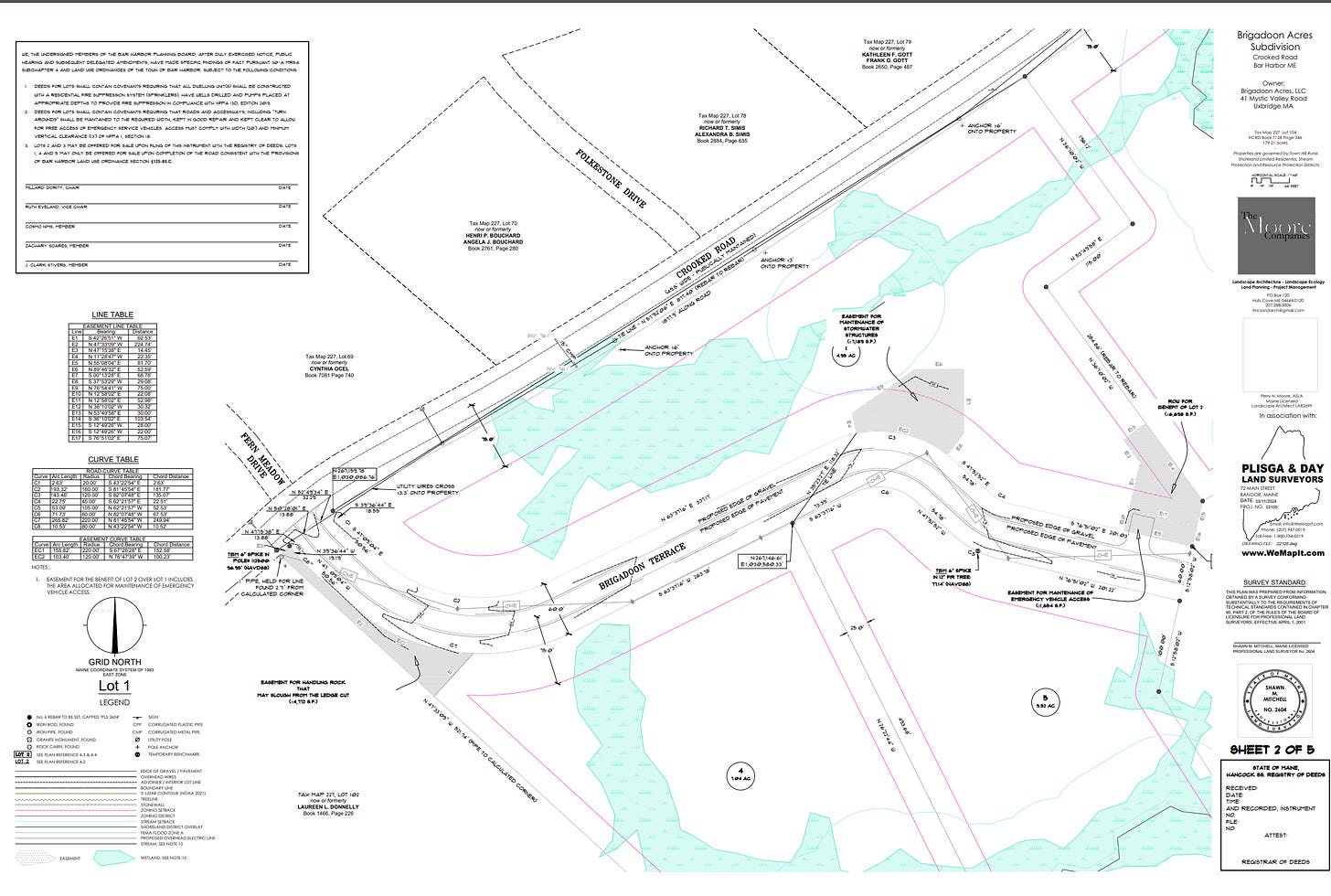
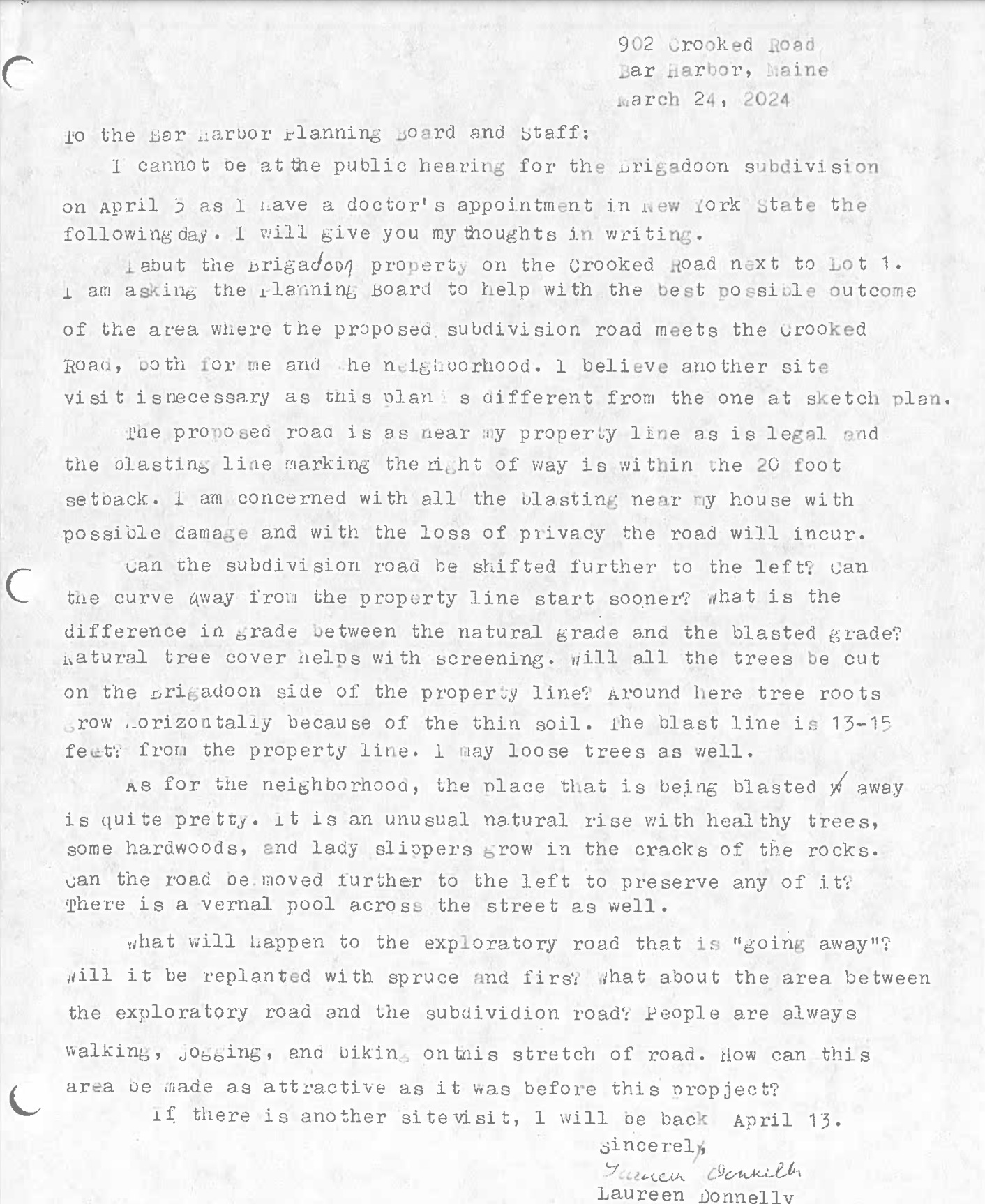
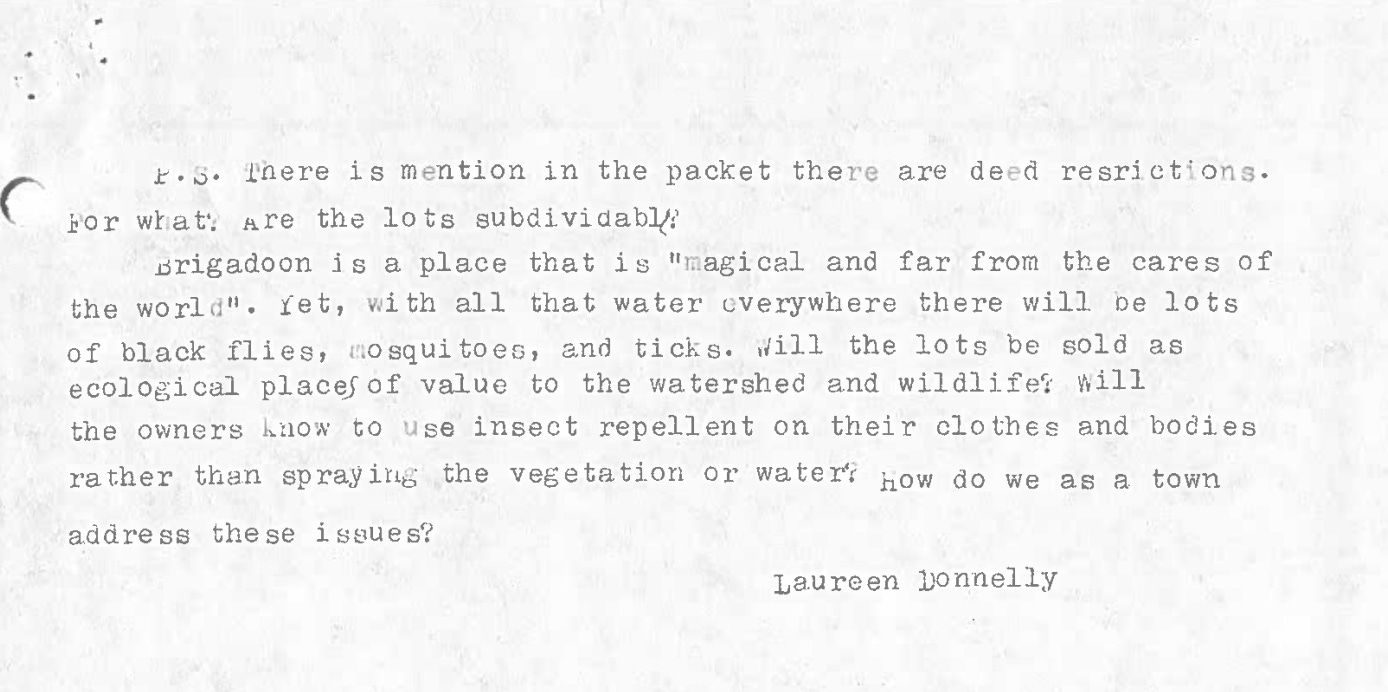
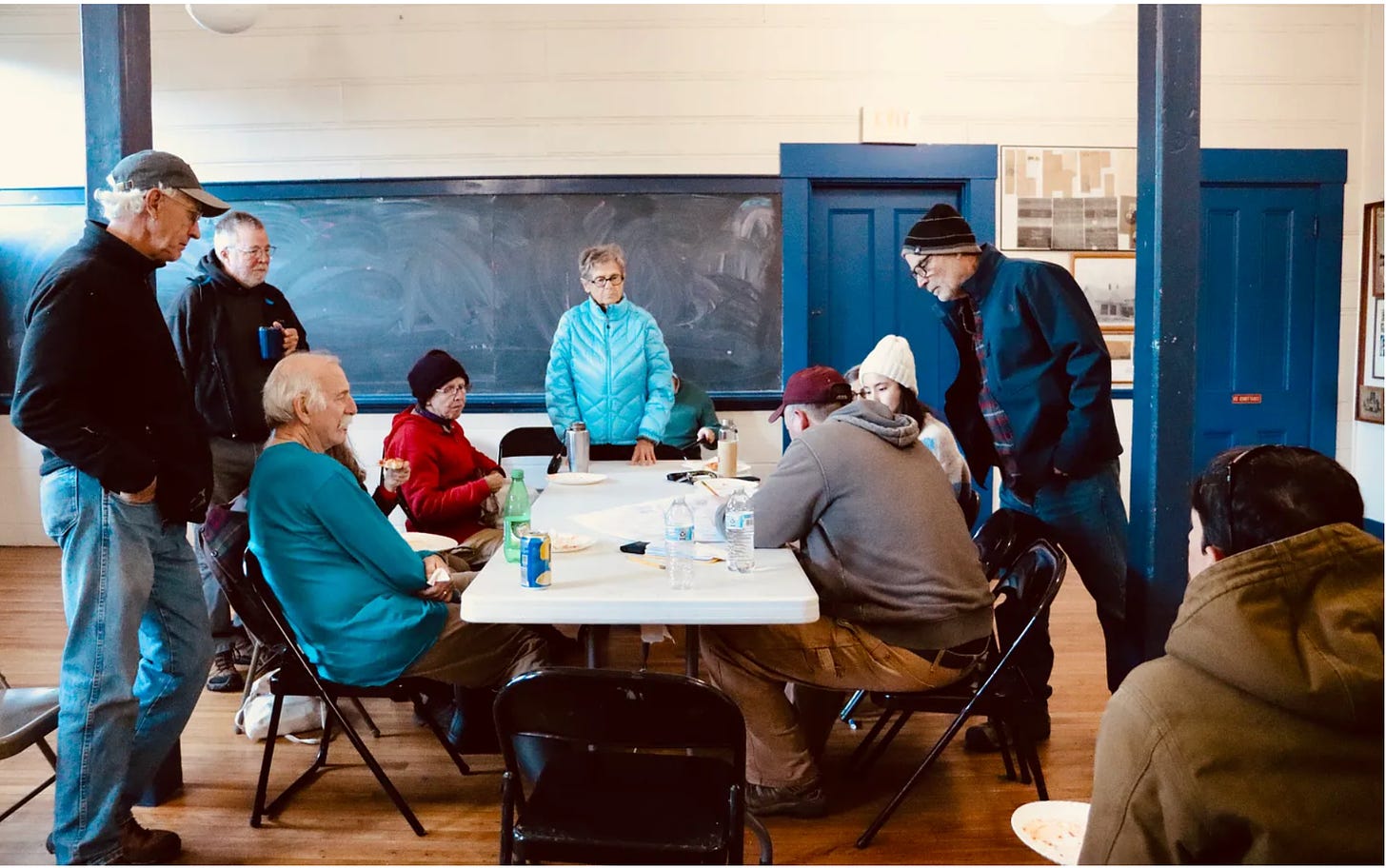


Thank you for your thorough coverage of issues like this. MDI does need housing. One learns so much from an article like this. Five houses on 180 acres that need an access road are going to be expensive. Blame the long-eared bat. Or maybe we should praise the bat for helping to preserve our wetlands and the intangible benefits we derive from them. it is amazing to see that over a third of Bar Harbor's existing housing is owned by non-residents. The figure is probably higher for other towns. Those non-resident dwellings have an impact on the housing supply as much as do the long-eared bats.